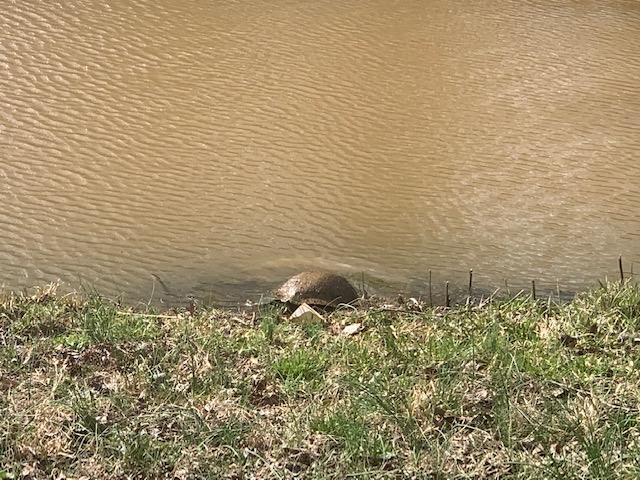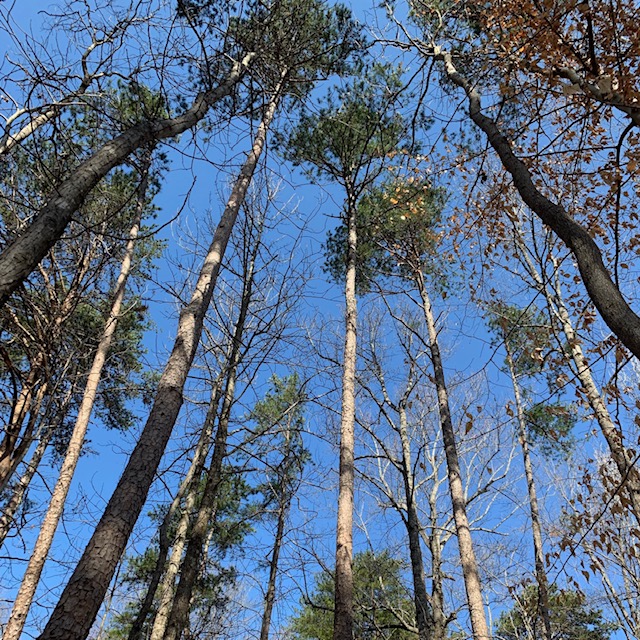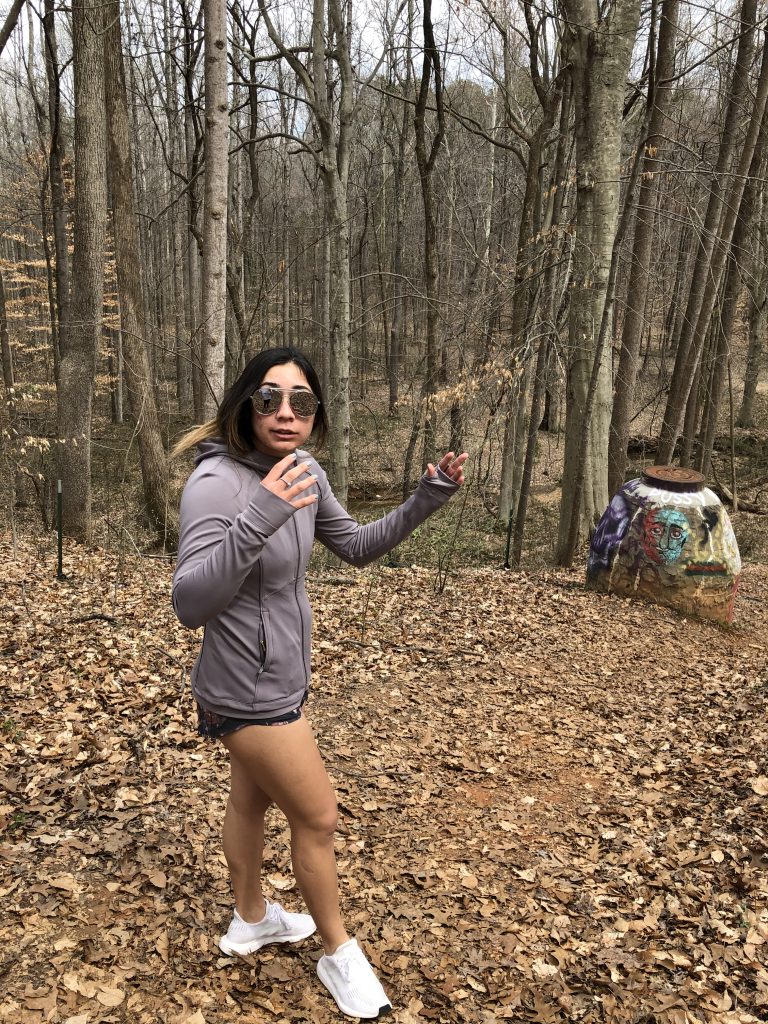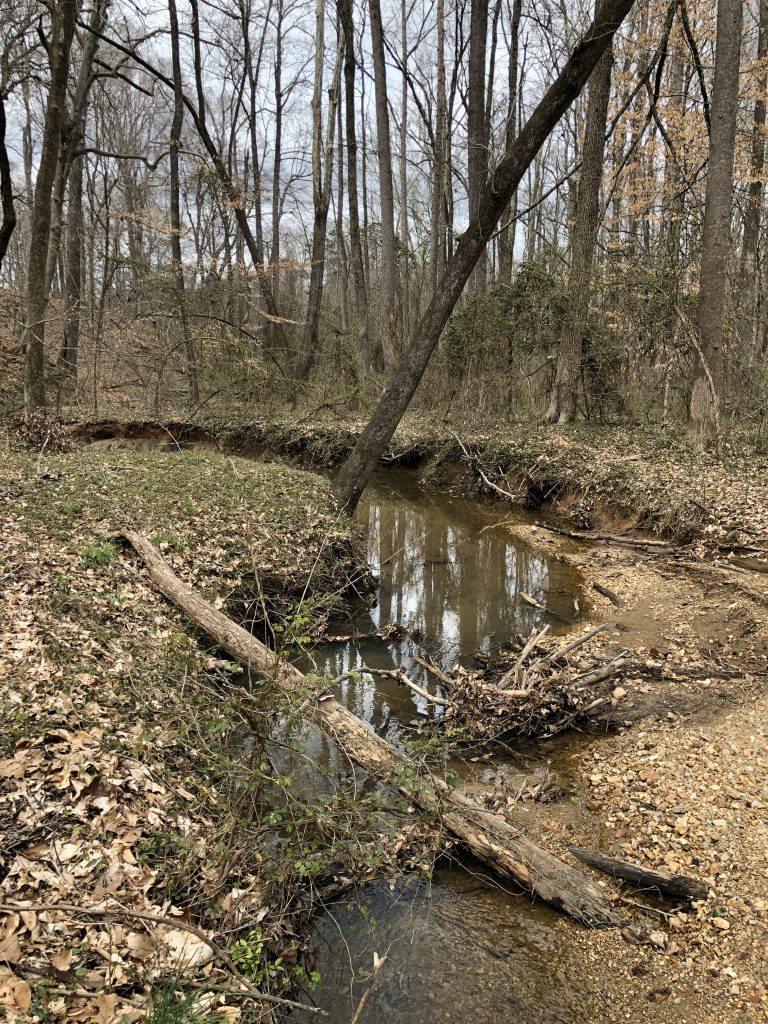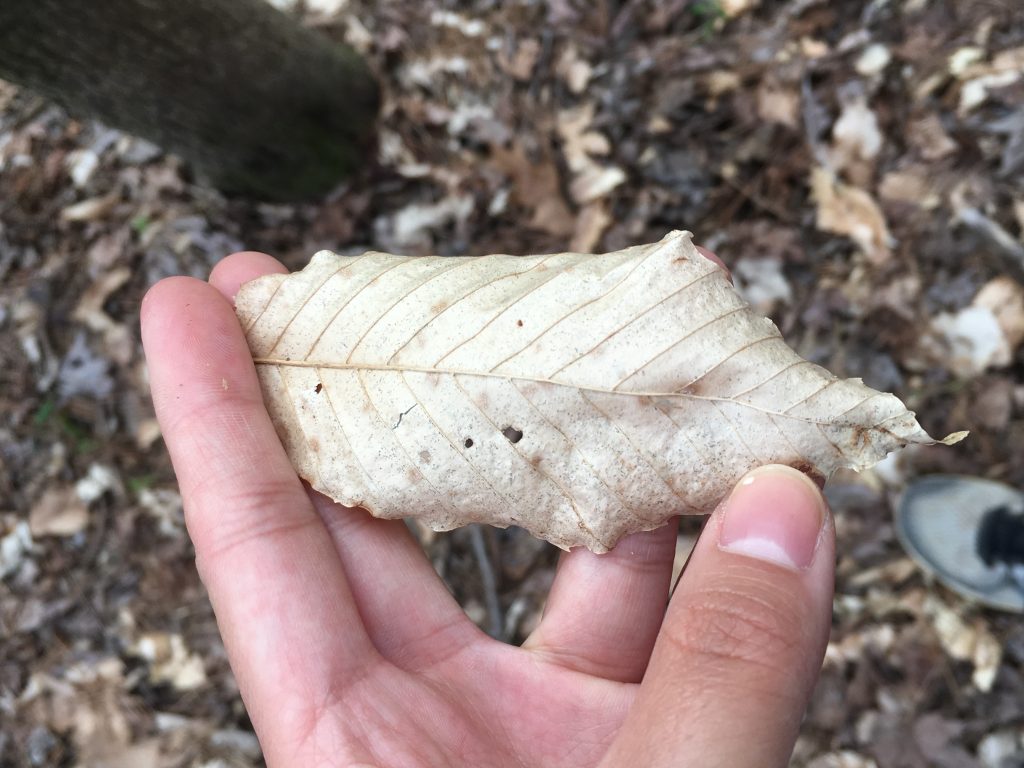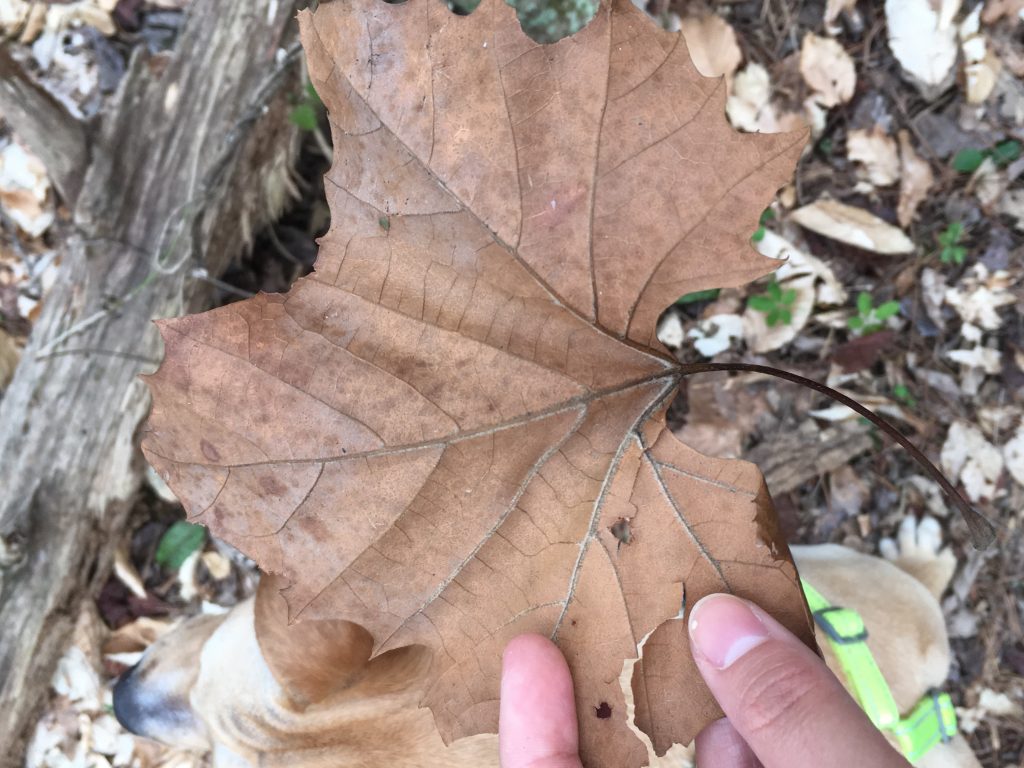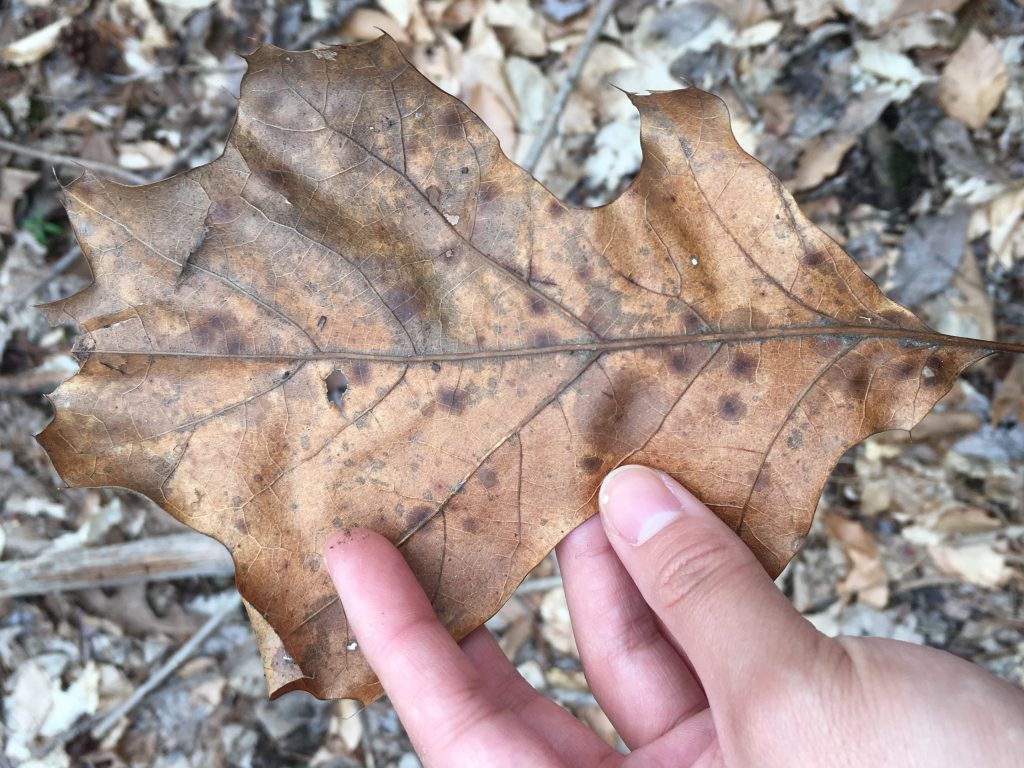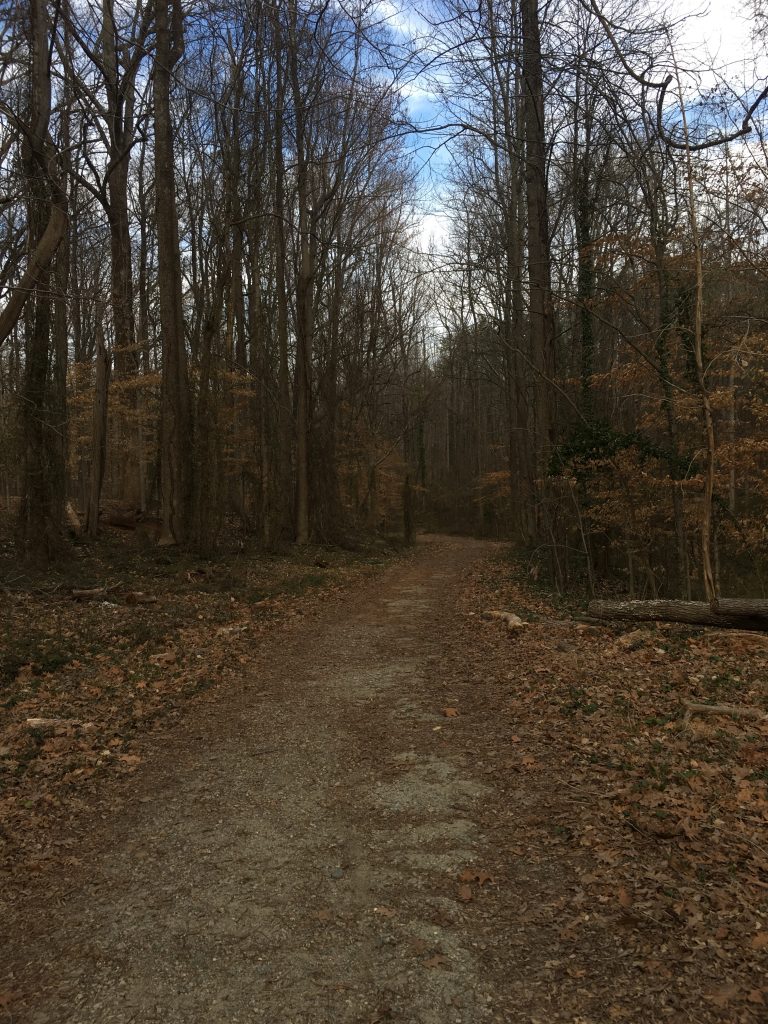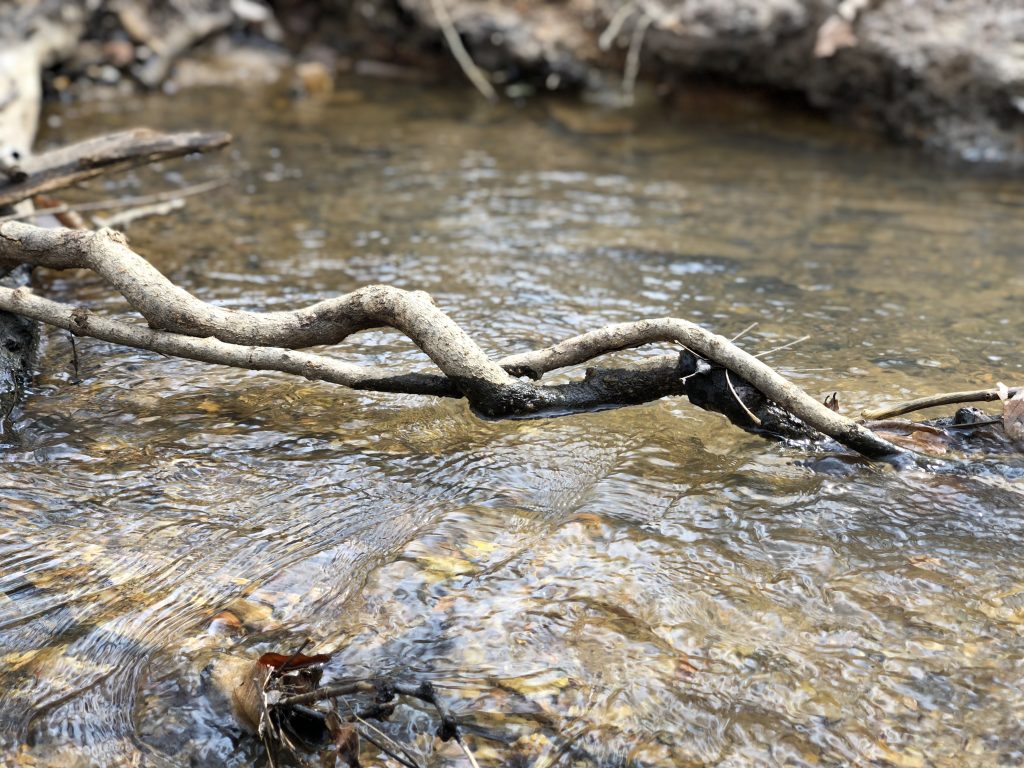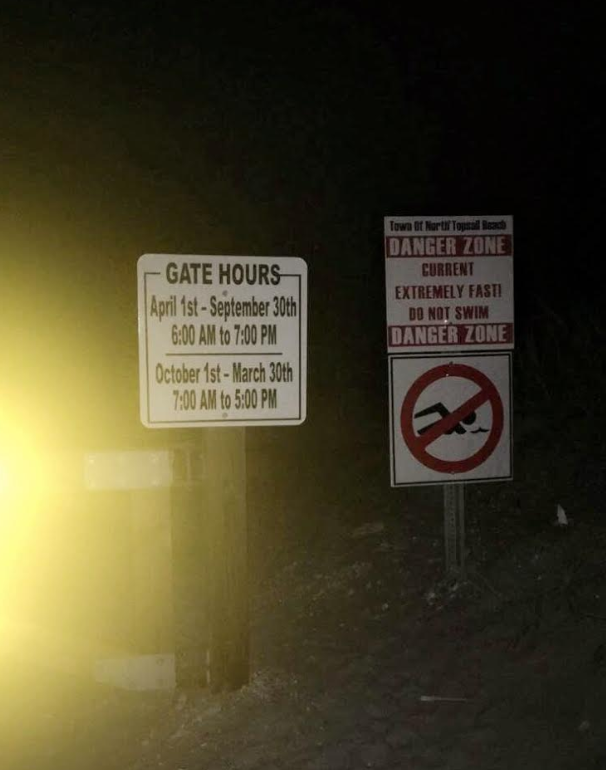The first human settlement of part of the 12,000 acres at the base of Mt. Tinker was by a man named William Carvin in July of 1746.He received a land grant for 150 acres along Carvin’s creek. Some of this land was devoted to Hollins University, while the rest of the land behind the dam would come to be known as the Happy Valley community.
At the time of this Carvin’s Cove was not a part of Roanoke County, but a part of Botetourt (pronounced: bodytot) County, in the city of Hollins.From my research it stayed in the families hands until November of 1926 when then Roanoke announced that the Virginia company would build a $700,000 Dam to impound six billion gallons of water for the city. The Dam is 80 feet high and was completed in 1928. The Virginia Company was devastated by the great depression and was bought by the Roanoke water works for just $1 dollar in 1936.The City of Roanoke paid $4,523,437 bought out the water works company for all of the land that they held including Carvin’s Cove after it was voted in favor of evaporating the Roanoke Water Works Company and passing a $5,000,000 bond issue in 1936.
During World War II German prisoners of war were housed in Salem to clear timber for the cove in the spring of 1945. In 1946 the damn reached his full capacity filling the pond, now known as Carvin’s Cove. In 1947 the cove put into operation a filtration plant that could filter 6,000,000 gallons a day. Nothing really happened with the cove until 1954 when the filtration plant capacity was up to 16,000,000 gallons. In 1966 Tinker Creek Tunnel was open to divert water from Tinker Creek to the coast reservoir. The construction of this tunnel cost $1.25 million you Dollars and it had a maximum flow of 286 million. The cove’s filtration plant was last updated in 1994 in terms of capacity to what it is today at 28 million gallons.
In 2002 the greater Roanoke region experiencing a record drought, Carvins Cove had reached an all-time low of 34.1 feet below the shore. Discussions between the County and City of Roanoke were held on ideas for best meeting the valley’s water needs. In 2004 the Western Virginia Water Authority was formed as a regional water and wastewater service provider for the valley. The Authority bought the reservoir and land up to the 1,200-foot area around it. The City of Roanoke still has ownership of the remainder of the land at the cove, making it the second largest municipal owned park based on acreage in the United States.
In 2009 the City of Roanoke completed the donation of a two-part conservation in Roanoke and Botetourt counties that permanently protected 11,363 acres of open space around the reservoir, making it the largest publicly-held easement in the state. The first part, 6,185 acres, was placed under easement in 2008 and the remaining 5,178 acres were placed under easement in early September 2009.In 2014 the Western Virginia Water Authority purchases the last remaining privately held piece of real estate in the watershed to protect the reservoir from potential runoff.
The facts for this blog post were taken from : https://www.westernvawater.org/i-am-a-/recreationalist/carvins-cove-natural-reserve/history-of-carvins-cove
